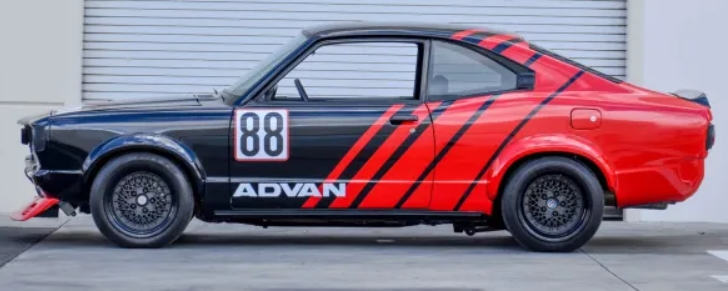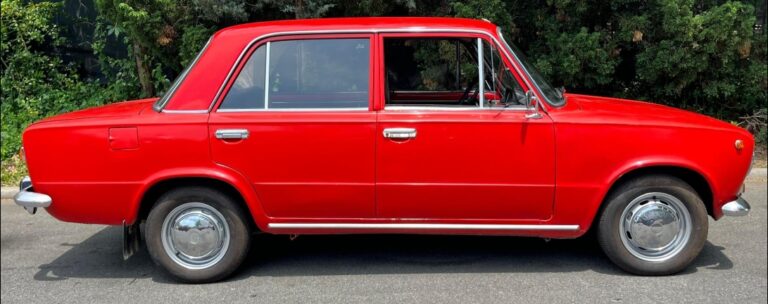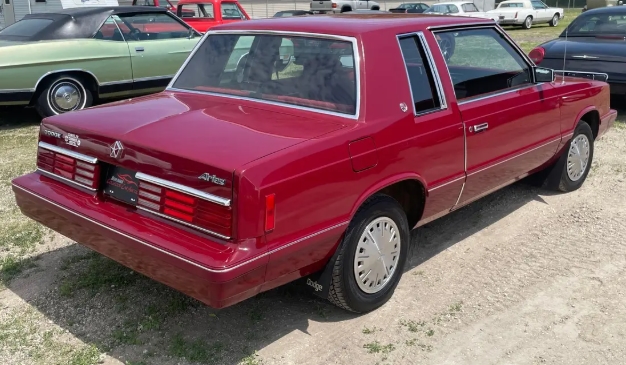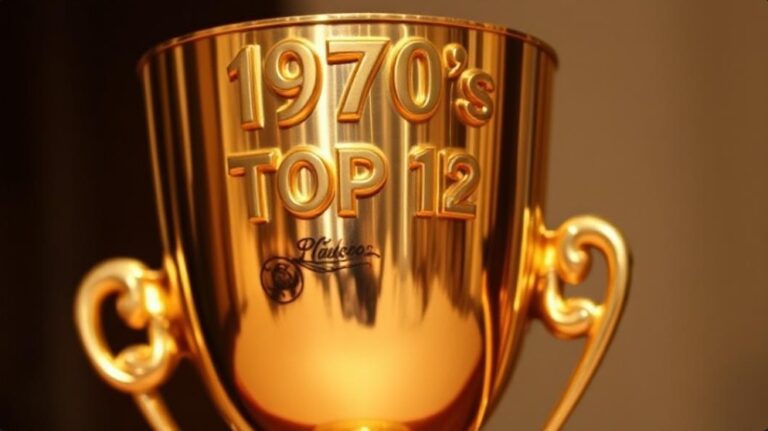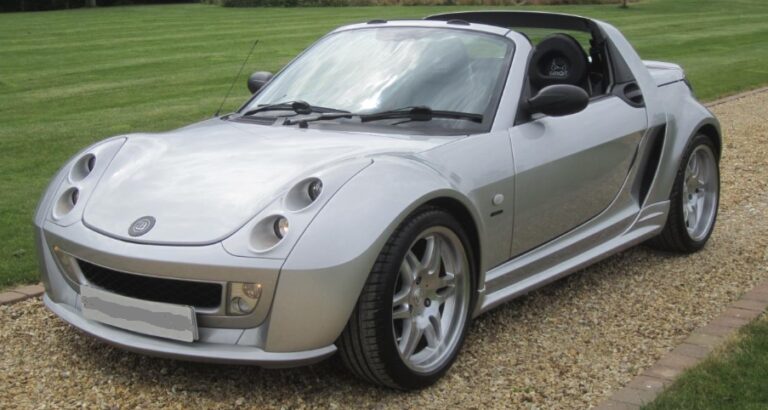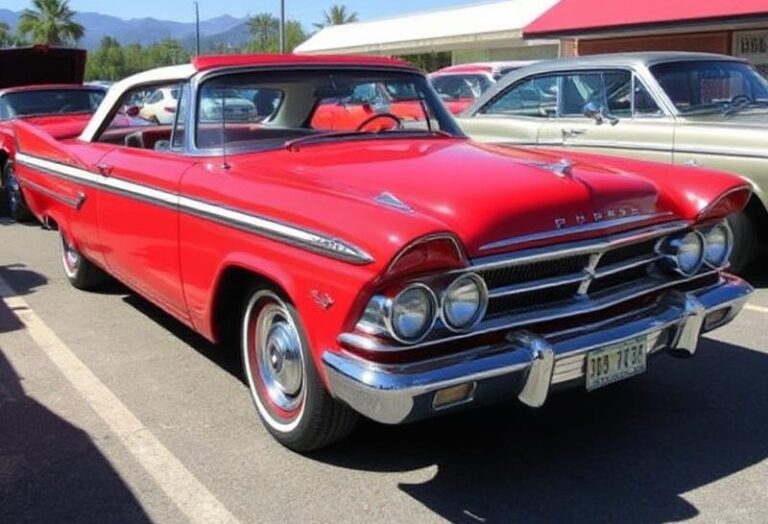The Evolution of the Mazda RX-3: A Rotary Revolution
The Mazda RX-3 stands as a significant milestone in the automotive world, particularly in the evolution of compact sports cars. Produced between 1971 and 1978, the RX-3 is renowned for its innovative rotary engine and sporty design, which appealed to a generation of driving enthusiasts. This article delves into the detailed history, models, and trim levels of the Mazda RX-3, tracing its evolution from inception to discontinuation.
Introduction to Rotary Engines
The RX-3 was part of Mazda’s pioneering use of the rotary engine, a unique powerplant that delivers a high power-to-weight ratio with fewer moving parts than traditional piston engines. This technology was developed by Felix Wankel in the 1950s but came to prominence in the automotive industry primarily through Mazda’s persistent advancement and successful marketing.
The Birth of the RX-3 (1971)
Introduced in 1971, the Mazda RX-3 was launched as the successor to the RX-2. It was officially known as the Mazda Savanna in Japan and was part of the “RX” lineage. The RX-3 was available in multiple body styles, including two-door coupe and four-door sedan configurations, contributing to its broad appeal.
Engine and Performance
The RX-3 was equipped with the 10A rotary engine, displacing 1.0 liters and producing a respectable output of approximately 110 horsepower. This gave the RX-3 a solid foundation for performance, competing against other compact sports cars of its time. Although the power figures might seem modest today, the lightweight design and rotary power made the car remarkably agile.
Evolution and Trim Levels (1971-1978)
1971-1972 – First Generation (Series I)
The RX-3’s first model year was marked by a distinctive design featuring sharp lines and sporty flair. The trim levels initially included:
- Base Model: Focused on delivering a good balance of performance and economy.
- Deluxe Model: Offered additional comfort and convenience features such as better upholstery and upgraded audio systems.
- GT Model: Targeted at more performance-oriented buyers, it included sportier suspension, alloy wheels, and a slightly more powerful version of the same rotary engine.
These variations allowed consumers to choose models according to their preferences for performance or comfort, paving the way for RX-3’s signature versatility.
.

.
1973-1975 – Mid Production Changes
Throughout the early to mid-1970s, the RX-3 underwent periodic updates. In 1973, the introduction of the 12A rotary engine (1.2 liters), providing around 135 hp, marked a significant upgrade, allowing for improved performance and acceleration.
- Standard Model: Continued to represent the basics of the RX-3 lineup with necessary amenities.
- Deluxe Model: Received minor updates to its trim to make it appealing in an increasingly competitive market.
- Super Deluxe (1975): An even more upscale variant offered additional luxury features, catering to a growing segment of buyers looking for more comfort in their sports cars.
1976-1978 – Final Production Years (Series II and Special Editions)
As the RX-3 neared the end of production, Mazda introduced some stylistic changes and upgrades to remain competitive. The 1976 RX-3 included redesigned taillights, a fresh front fascia, and slightly revised interior appointments.
- ES Model (1976): This version focused on enhancing the sporty image of the RX-3 with performance features akin to the GT model but also added comfort elements that modern drivers appreciated.
- Special Editions: The final years also saw the release of special editions, typically adorned with unique paint options and distinct interior trims to celebrate the RX-3’s legacy.
By 1978, the RX-3’s production ceased, marking the end of this iconic model, but its impact on the automotive scene continued, setting the tone for future Mazda rotary models, such as the RX-7 that followed.
Legacy of the Mazda RX-3
The RX-3 remains a beloved classic among car enthusiasts and collectors, appreciated not only for its unique rotary engine but also for its distinct character and racing pedigree. Many RX-3s were used in touring car racing, where the rotary engine’s advantages, including low weight and high power, translated into competitive success.
With its distinct styling, responsive handling, and innovative rotary engine, the RX-3 epitomizes the spirit of the 1970s sports car movement. Vehicles like the RX-3 paved the way for Mazda to become synonymous with rotary technology and underscored the company’s commitment to delivering unique driving experiences.
Conclusion
The evolution of the Mazda RX-3 is a testament to the creative engineering and design philosophy that drives automotive innovation. From its launch in 1971 to its discontinuation in 1978, the RX-3 not only defined its era but also became a part of automotive history that continues to inspire automotive enthusiasts today. The various trim levels and configurations showcased Mazda’s aim to cater to a broad audience, making the RX-3 a versatile choice for all sorts of drivers. Its legacy lives on as a beloved classic and a reminder of the power and potential of the rotary engine, cementing its place in the annals of automotive history.
